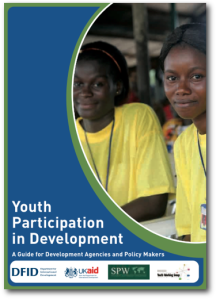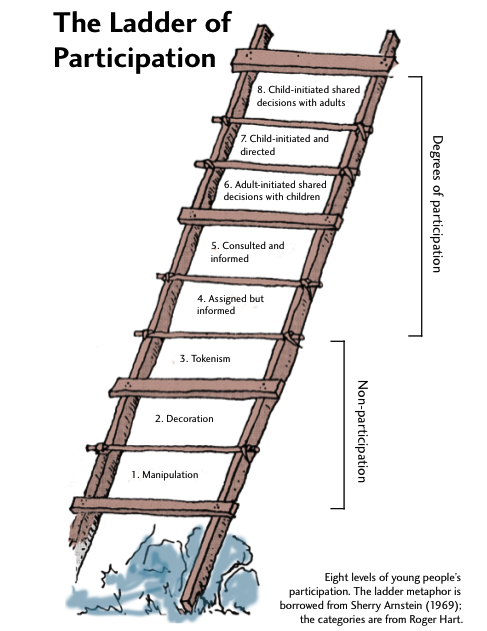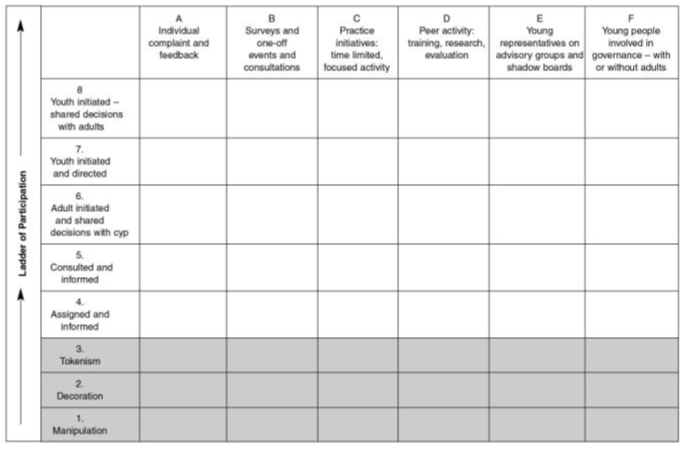[Summary: a critique of ‘Impossible and Necessary’ by Sir Michael Barber and some remarks on leadership]
Preamble
I try, as much as possible, to engage in debates in a constructive way, and to avoid anything that might be construed as a rant. I find arguing for and working for things I believe to be right to be preferable, in most circumstances, to spending time arguing against those with whom I may share general goals, but may differ on methods and approaches. Demonstrating the positive alternative is oftentimes more powerful than trying to undermine the status-quo.
However, criticism and critiques have their place, and last week I found myself distinctly at odds with the presentation the ‘Impossible and Necessary’ pamphlet on the future of education. So – herewith follows a series of arguments against, in the hope still or making a constructive contribution to discussions.
Impossibly narrow
Sir Michael Barber’s speech ‘Impossible and Necessary’ was launched as a NESTA Pamphlet on Tuesday morning (though the only online copy I can find is a transcript of Michael’s original speech on which the Pamphlet is based here). For all the NESTA introduction of the pamphlet as a key statement of important challenges for the future, both the pamphlet itself, and the presentation of it’s key messages offered by Michael on Tuesday, turned out to be woefully narrow and lacking in progressive thought.
Whilst it contains one or two good recommendations: encouraging more team-teaching and ending the dominance of the single teacher as master of their domain in a single classroom; and calling for a greater focus on teaching quality rather than on teacher numbers; ‘Impossible and Necessary’ is otherwise unimaginative, adultist, and for a paper which highlights the importance of ethics, lacking in an appreciation that schools are, right now, far from egalitarian environments.
Michael’s essay uses an imagined ‘intergalactic audit commission’ to highlight progress and change on earth over the last 250 years, and to highlight challenges for the future.
Adultism is not a good place to start
The concept of adultism is captured well by this 1996 quote from Jenny Sazama “Young people are systemically mistreated and disrespected by society, with adults as the agents of the oppression. The basis of young people’s oppression is disrespect.”
It’s not good then to find that, in the few times young people are explicitly referenced in Impossible and Necessary it is in phrases loaded with stereotype and prejudice.
“…last year, I read that computers will soon have the learning capacity of a toddler. That’s a lot of learning capacity, as any parent knows. It’s also a lot of tantrums. I fully expect, a few years from how, to read that computers with have the learning capacity of a teenager and no doubt stay in bed until lunchtime.”
I would hope a vision for the future of education would be centred on understanding and respect for children. I would expect at least that it wouldn’t be reinforcing and playing on prejudice. But not so in Impossible and Necessary. How can we support and enable young people to learn if we don’t respect them?
Focus on education as an abdication of responsibility
It is also worth pointing out that the majority of the looming crisis and problems Sir Michael gets his intergalactic audit team to identify in the first part of the Pamphlet are ones created or increased by his generation. Thus, the claim, with words in the mouth of the intergalactic auditors that to resolve them there is just on thing “you can do – just one – really, really well. Educate every children and young person on the planet better, much better, than you’ve ever done before because they are your sustainable future” reads somewhat as an abdication of responsibility for taking tough decisions about big issues now.
Yes, younger generations do need to learn in order to be part of creating a sustainable future. But:
- It’s about our future. A shared future. Which includes adults and young people.
- Sir Michael’s generation shouldn’t be thinking that improving education, and leaving the problem solving to future generations alone is the ethical thing to do. There are things that those in positions of power should be doing to challenge crisis of climate and conflict right now. Educating for the future is part of it. But there are many other parts – and parts which might demand of adults right now that we make sacrifices to safeguard our sustainable future.
We have had ethical innovation – but schools are lagging behind
In talking about Impossible and Necessary on Tuesday, Sir Michael focussed on his ‘equation’ contained in the paper: E(K+T+L) where: K = Knowledge, T= Thought, and L = Leadership, all bracketed by ‘Ethics’. The argument being that good education involves each of K, T and L, but also requires ethical education. Sir Michael suggested that whilst the last centuries have seen massive technical innovation, ethical innovation has lagged behind. In part, this claim is defensible: we do need to rethink our models of ethics for a networked society in which authority is far more distributed.
However, we have had ethical developments over the last 50 years, not least the establishment of a global framework of Human Rights, and of Children’s Rights. Yet few schools are environments in which an culture of respect and rights is pervasive. Sir Michael’s intergalactic auditors do highlight and praise the “changing place of women in society”, but fail utterly to highlight the continued failure of schools to respect young people’s right to be listened to in decisions that affect them. This is about far more than the developments in yearly student satisfaction surveys and occasional school councils that the panel at Tuesday’s event cited as evidence that school were becoming more democratic. It is about a shift in the culture of schools.
You cannot prepare ‘innovators of tomorrow’
The culture that fails to give young people ownership of their own learning, and to see them as equal partners (or indeed, the key partner) in the learning process with teachers, is further expressed in the idea that we need to equip young people as ‘innovators of tomorrow’.
In the same way that citizen education can not be effective when we do not allow young people to be citizens now, innovation education is unlikely to thrive unless we see young people as innovators right now, not just innovators in training for the future.
It starts and ends beyond the classroom
Perhaps at the heart of the narrow vision in ‘Impossible and Necessary’ is that is never sets foot beyond the classroom. It ignores that young people live the majority of their lives outside schools, and that education is not a task that takes place 9am – 3pm weekdays. The panellists suggestion on Tuesday that the solution is to increase the amount of time spent in school (and indeed, extended schools policy is encouraging this) demonstrates a woefully limited understanding of many young people’s lives. Schools will remain important settings and catalysts of future learning – but if we’re thinking about education for the future, we need to start in communities, in workplaces, in supporting parents and in many other places – not just the classroom.
Accountability and intangibles
On the first page of Impossible and Necessary we find the sentences:
“You are aware, of course, that in England we inspect almost everyone. And in case that’s not enough we audit it too. We’re the regulatory specialists”.
But Impossible and Necessary isn’t opposed to that regulation and inspection. It want more. In talking about it Michael Barber argued that a false dichotomy underlies the implicit claim that “because you can’t measure everything, you should measure nothing”. But, whilst that is true, what you measure nearly always distorts where energies are directed – and if some of the things we value can’t be measured, we need to be careful that our measurement of other things does not take our eye off important intangibles.
Accountability can be achieved without reducing all education to numbers, and shifting ownership of educational attainment from the learner to schools and state.
More leadership 1.0
L for Leadership is a key part of Sir Michael’s equation for education E(K+T+L). Leadership is a popular topic right now, with the launch this week of the National Body for Youth Leadership (branded ‘The Youth Of Today‘). But both The Youth of Today and Sir Michael’s focus on ‘Leadership’ appear, in spite of a passing recognition that there are different models of leadership, to remain as reductive, individualistic concepts.
In fact, I think the problem is predominantly in the equation of ‘the ability to get things done’ with ‘leadership’ – and the attempt then to subsume within the concept of leadership all those things which relate to getting things done. Convening, co-ordinating and catalysing are all ways of getting things to happen. In the networked world it is ever clearer that things are achieved not only through top-down leadership, but by participation in self-organising networks and co-operative structures. Often-times getting things done in these contexts is not about gaining power, but is about giving up control and power and trusting people.
A sense, and capacity for, efficacy – and being part of creating change – is key. But if we reduce our desire for all people to have this to talk of leadership – we greatly impoverish the debate.
In closing
I realise now that one of the reasons I rarely write in critical mode, is I’m not sure how to resolve a critique. Should I offer a positive vision? That will take not just a little more writing. And this is too long already.









 [Summary: Just launched
[Summary: Just launched 



